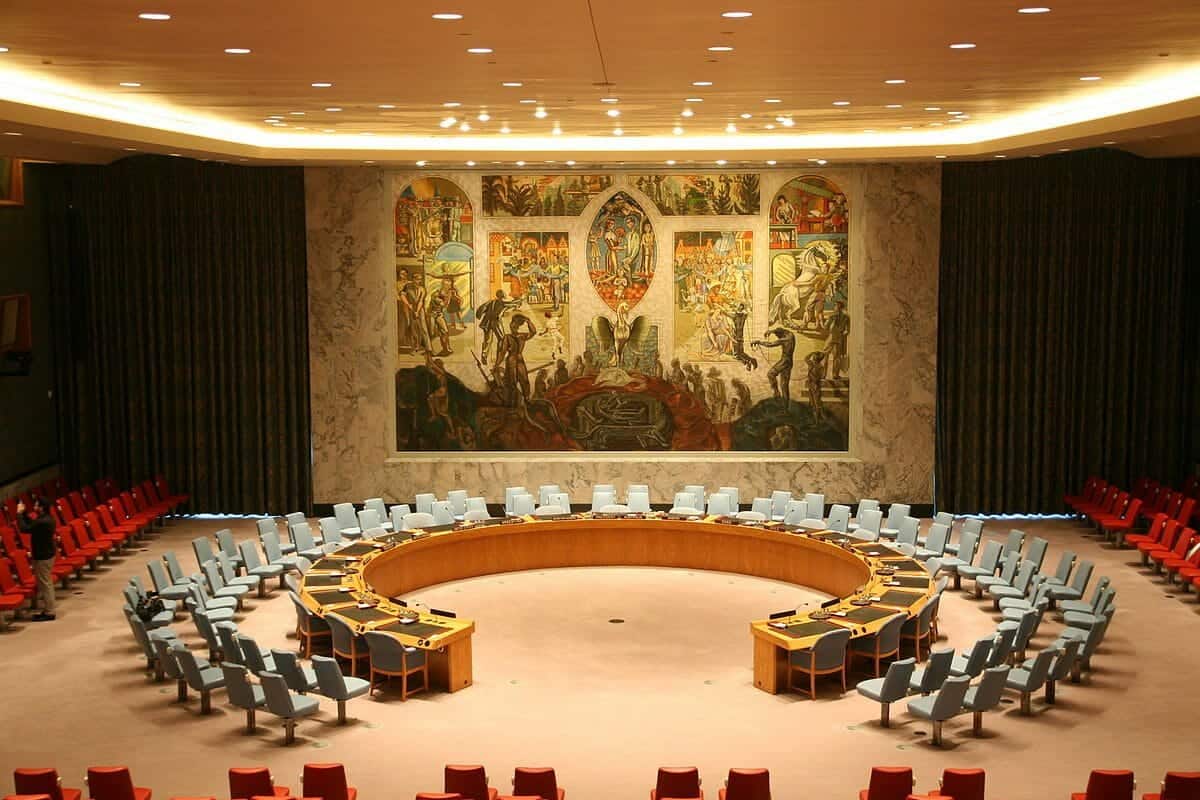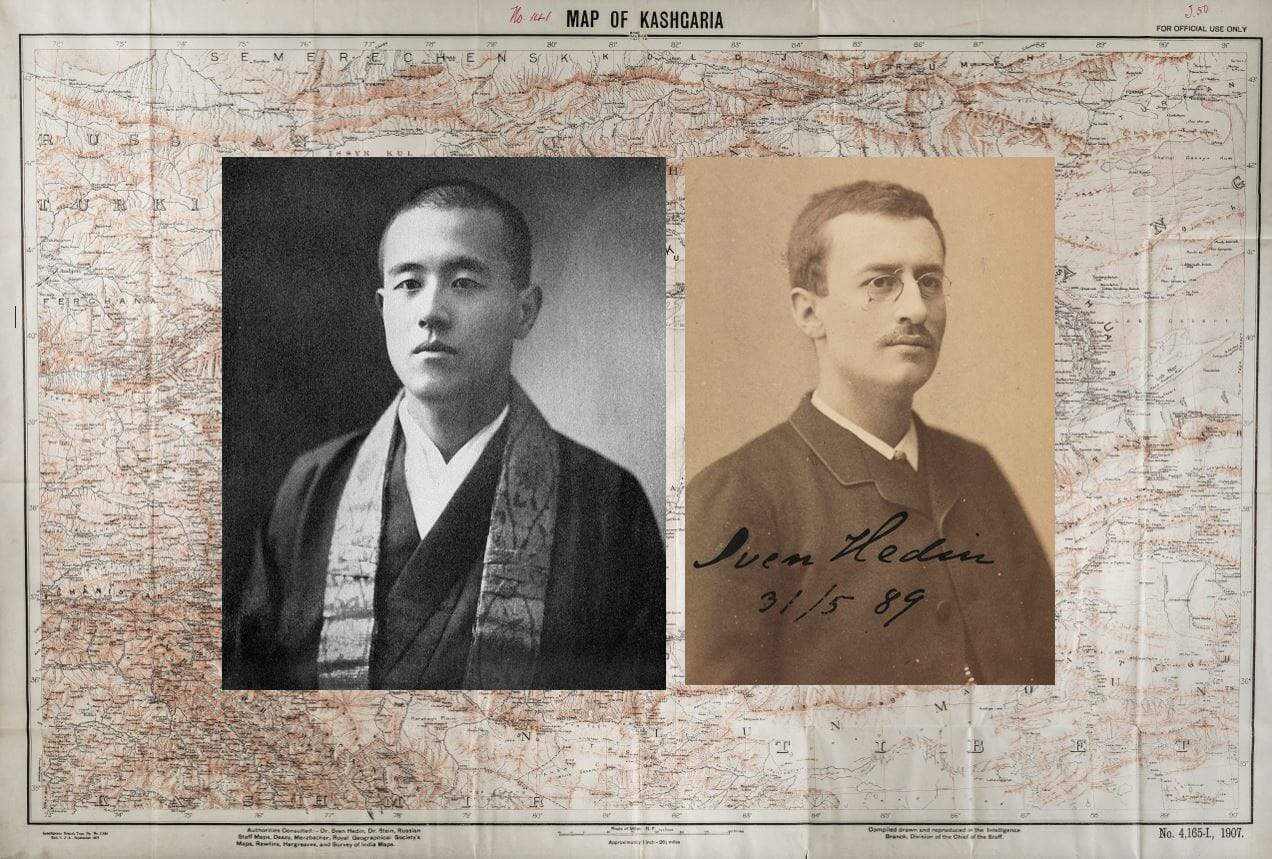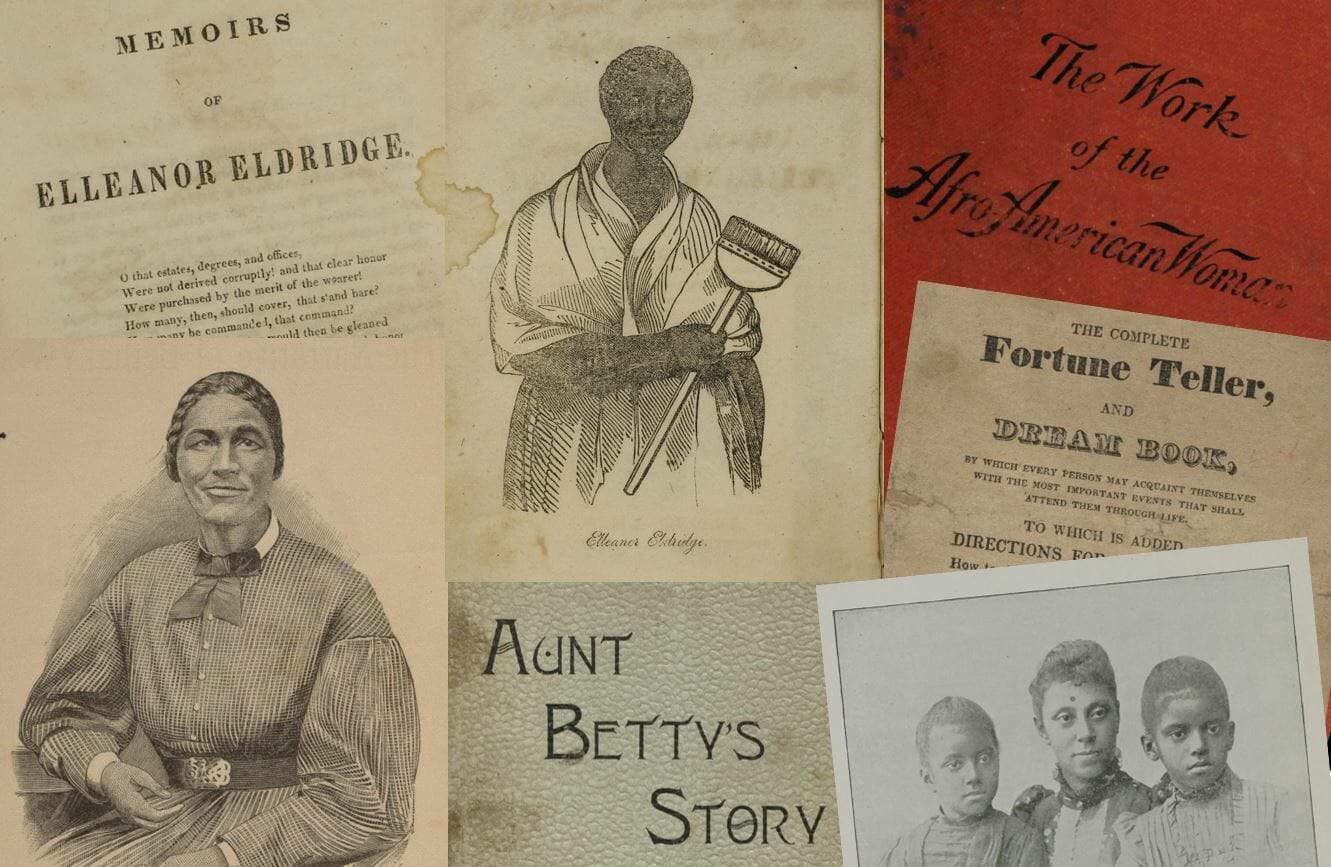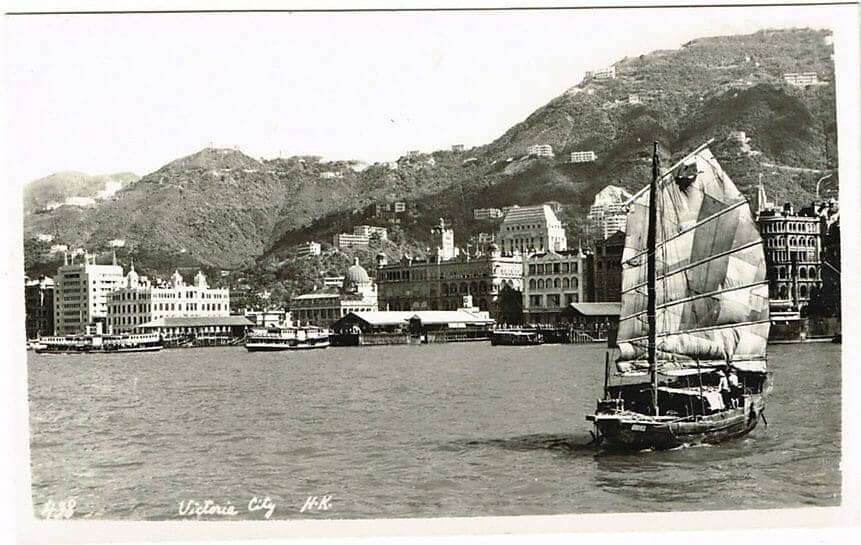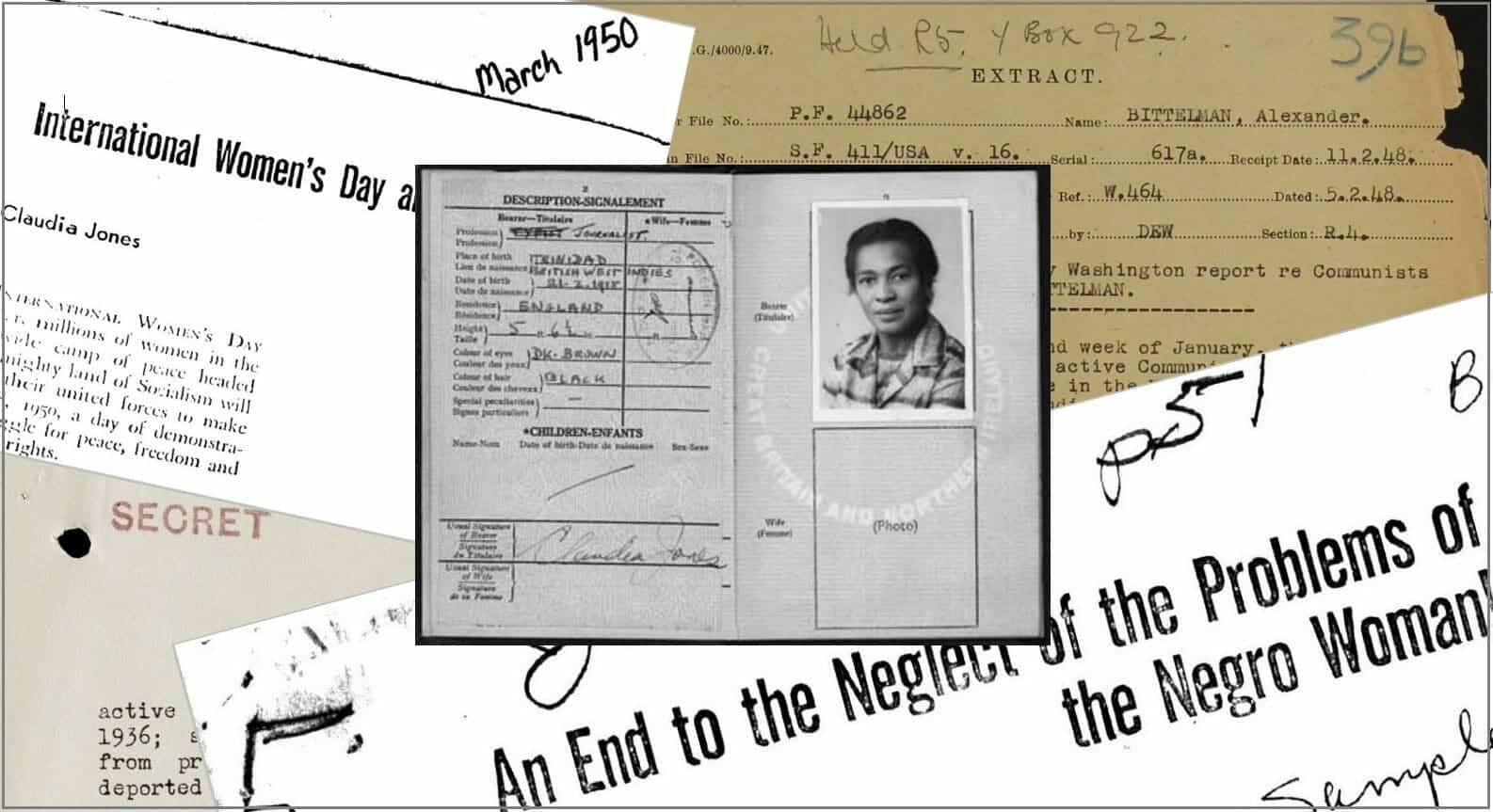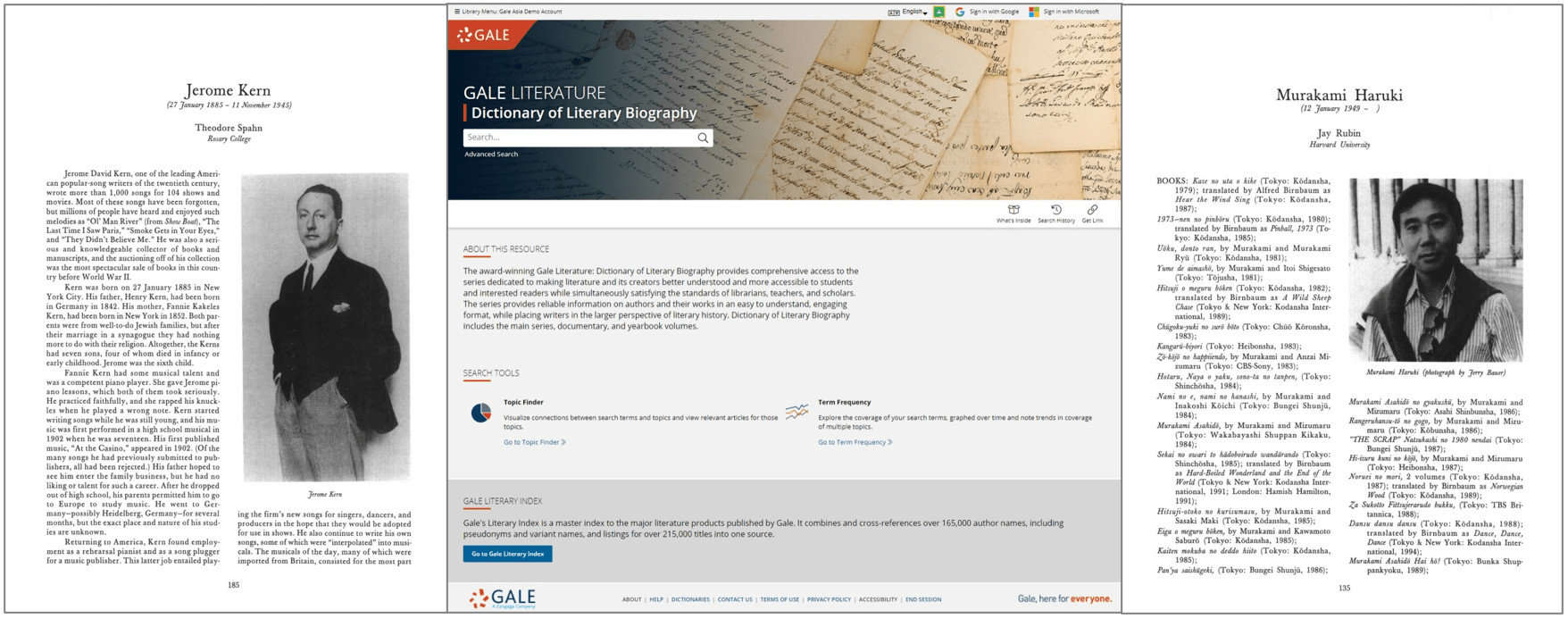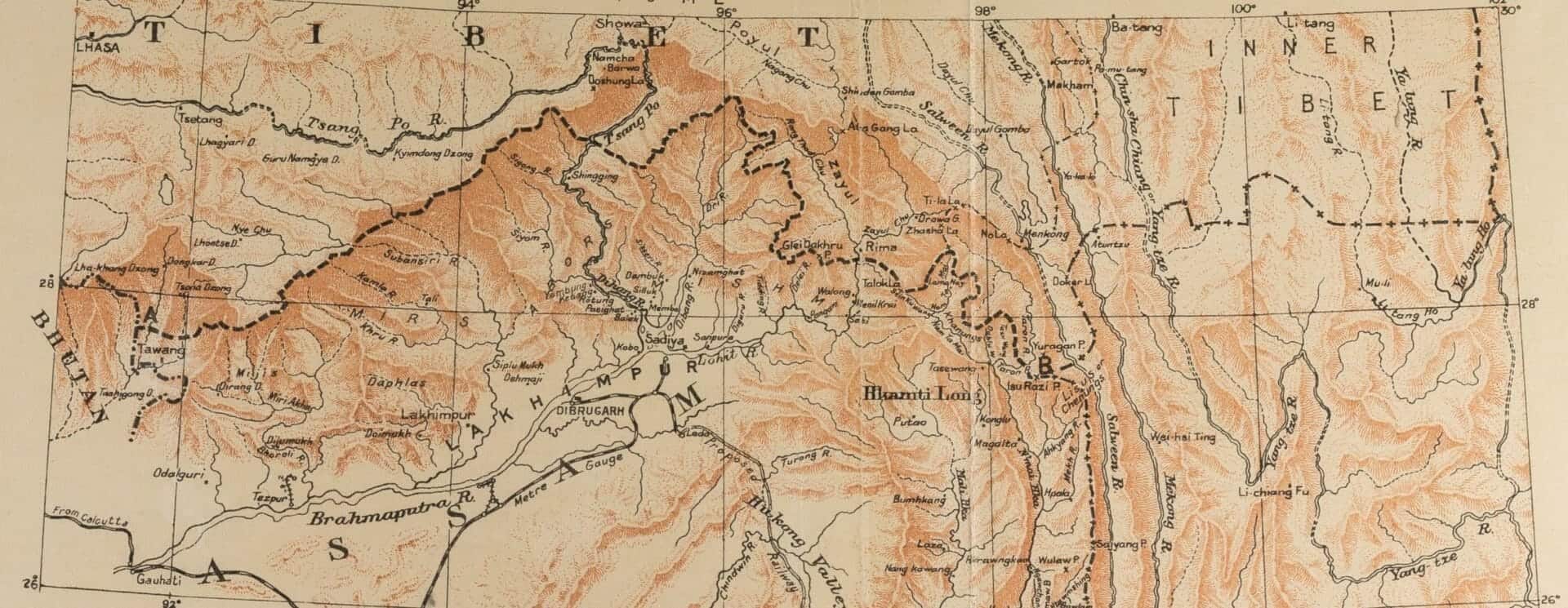|By Dominic Powell, recent graduate in Law with French Law from the University of Birmingham|
Providing publications and archives from the Royal Institute of International Affairs, Chatham House Online Archive is a highly valuable resource for students of International Law. With over 6,000 publications on international law, comprising research, analysis, speeches and reports, the archive covers an extensive list of topics. Whether your interests lie in international relations, politics or human rights, or you are looking into more specific areas such as democracy, fascism or transportation, there are publications for you!

